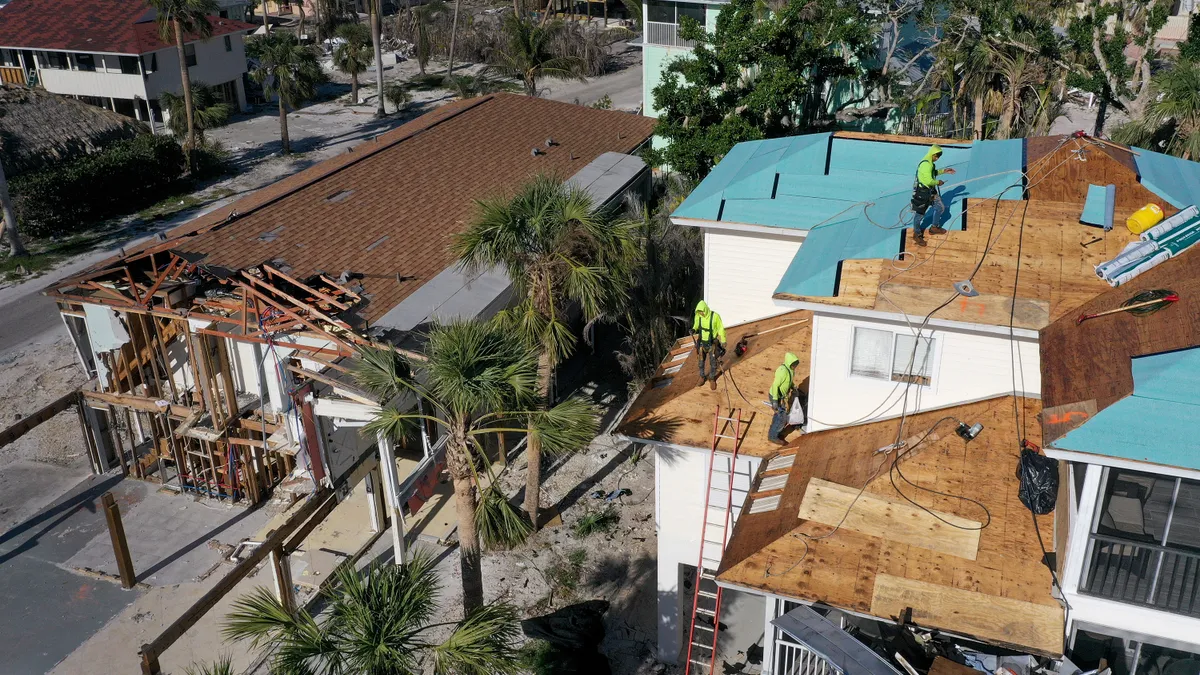Dive Brief:
- Communities and states that want to use low-carbon materials to prepare for or recover from a disaster are receiving a funding boost from the Federal Emergency Management Agency, according to a March 28 news release.
- States and communities can get additional funding for low-carbon materials through three FEMA programs: the Public Assistance Program, which helps communities quickly respond to and recover from major disasters; the Building Resilient Infrastructure and Communities program; and the Hazard Mitigation Grant Program, which fund projects to reduce risk from future disasters and natural hazards.
-
To verify a material is eligible for funding, it must have an “environmental product declaration.” These are “similar to nutrition labels on a food product but focus on a materials' environmental and sustainable attributes,” according to the U.S. Council on Environmental Quality’s Office of the Federal Chief Sustainability Officer.
Dive Insight:
Under the agency’s new guidance, states and communities can use certain federal money to pay for concrete, asphalt, glass and steel with a verified lower-than-average carbon footprint. Usually such materials are made through energy-intensive extraction and manufacturing processes, resulting in an enormous carbon footprint, with their production accounting for almost half of all U.S. manufacturing greenhouse gas emissions, according to the CSO.
The Inflation Reduction Act provided funding for the low-carbon materials support. The funding allows FEMA “to do our part in addressing the underlying causes of climate change by covering the costs for the use of low-carbon materials and incentivizing low-carbon and net-zero projects,” FEMA Administrator Deanne Criswell said in a statement.
The FEMA news release said the agency’s new guidance supports the Biden administration’s Buy Clean Initiative, which promotes using low-carbon, American-made materials in federally funded projects. President Joe Biden signed a 2021 executive order directing the U.S. government to achieve net-zero emissions by 2050.
More changes to FEMA programs might be on the horizon: The agency said in a statement that it is “developing additional guidance” to expand incentives for low-carbon and net-zero emissions projects.












